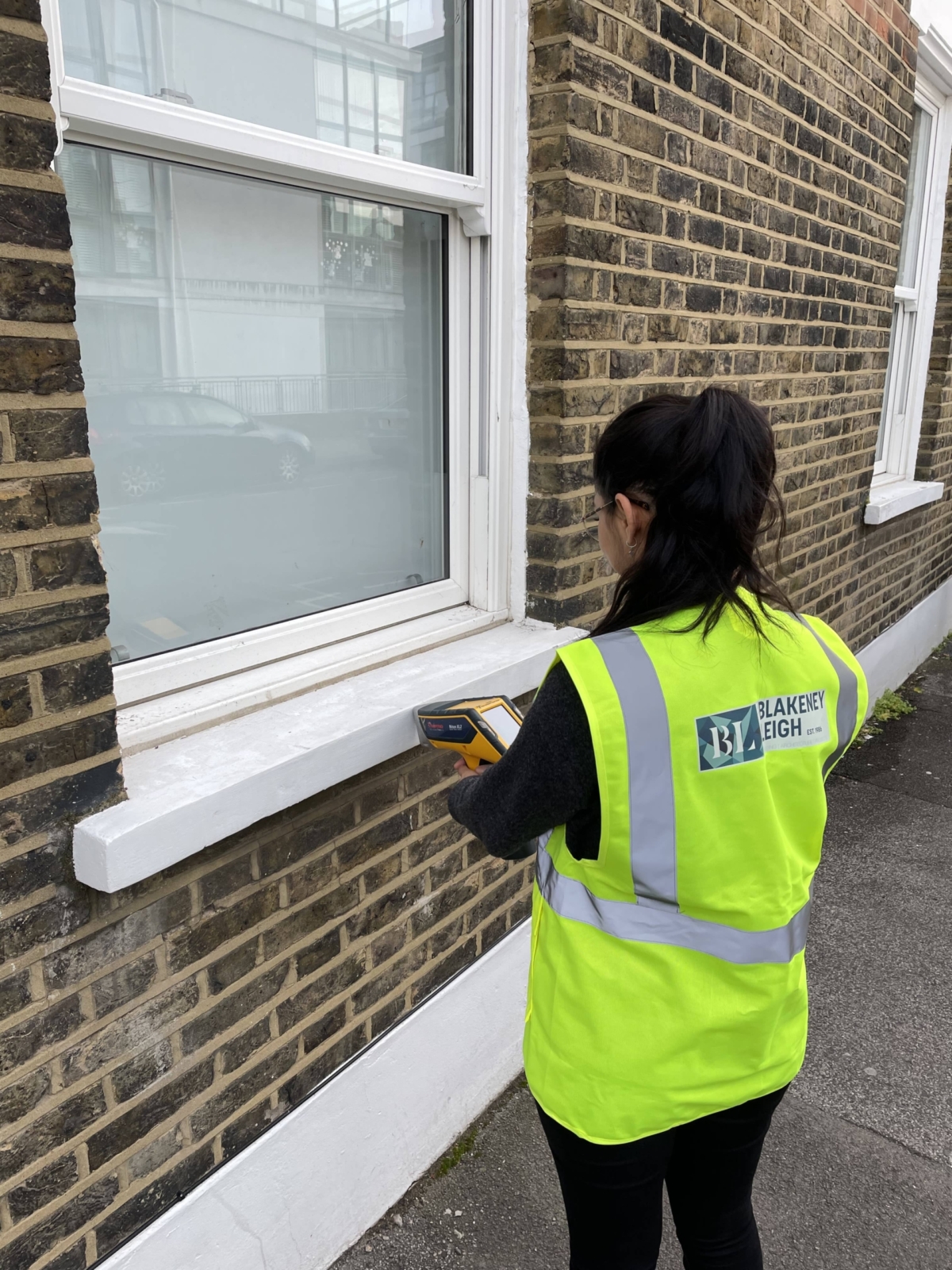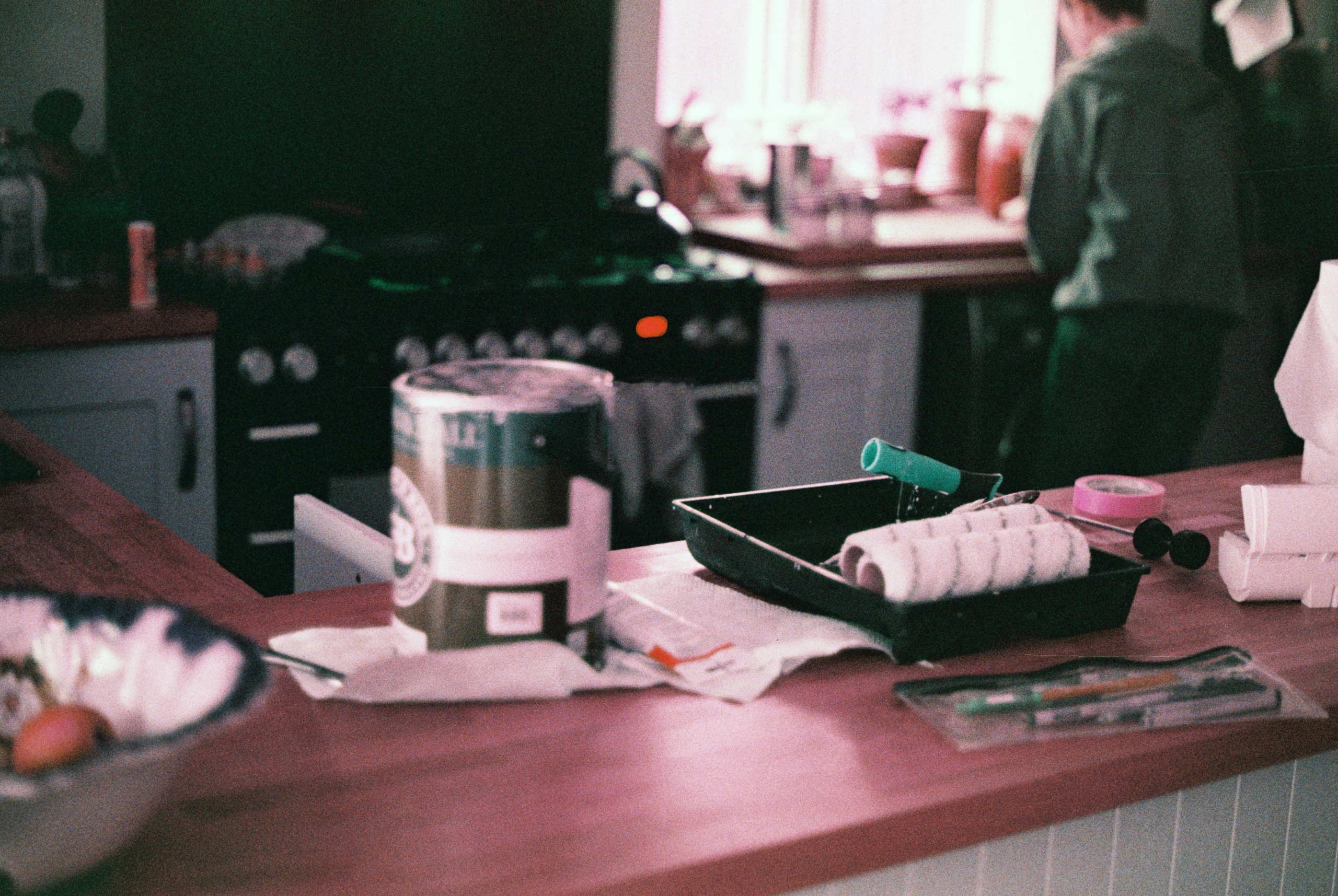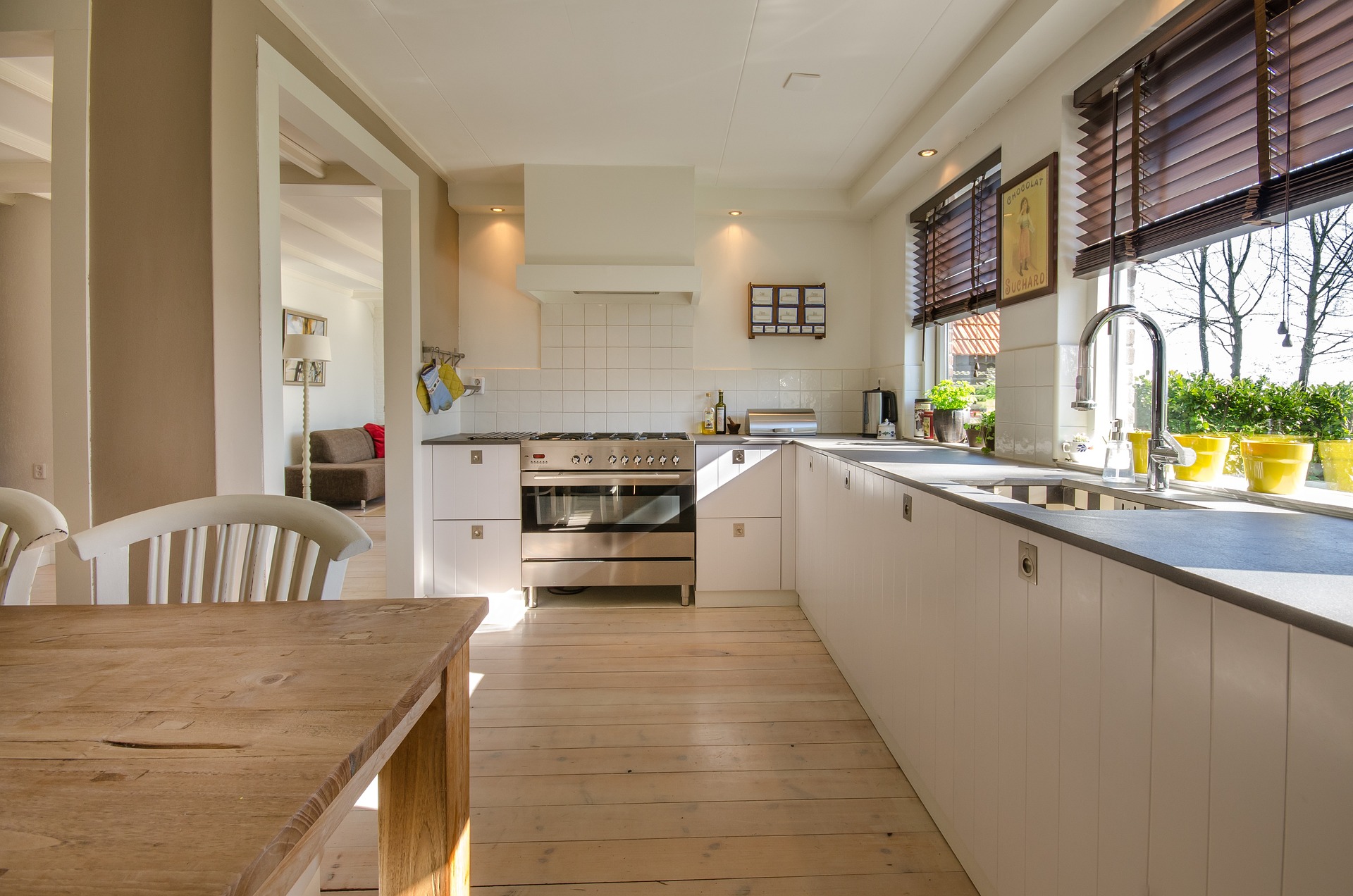Painting is, in some ways, an activity that allows us to be more environmentally conscious. It allows materials to be upcycled and extend the life of certain elements of a property. A simple refresh is far less wasteful than replacing timber window frames, for example.
However, if we are not making the right product decisions when decorating – we could still be damaging the environment in other ways.
Many standard paints contain harmful chemicals and pollutants which can have a damaging effect on the planet. That is why the importance of eco-friendly paint options needs to be recognised. It is the duty of everyone involved in a property project to ensure they are making the most conscious decisions. There is a general industry trend to reduce VOC’s and move over to less harmful products.
Whether it be the initial build and decoration of a property or the home renovations and refurbishments made by the owner down the line – if each stage focuses on environmentally friendly processes, we can create more sustainable developments.
Common Issues With Toxic Products
The problem with most paints we see in-store lies within their ingredients.
Volatile Organic Compounds (VOCs)
Harmful chemicals being released into the atmosphere are a big issue. These VOCs are commonly found in thinners and other solvents used in the painting process. Once they have been released, VOCs contribute to smog and can cause respiratory problems.
They are particularly dangerous as they easily evaporate at room temperature and so are likely to play a role in any construction project.
Common health concerns associated with VOCs are nausea, dizziness and eye irritation. If you’ve ever had to step out of the room while decorating over the fear of feeling light-headed, you may know this issue all too well.
Oil-based products are often of more concern than water-based when it comes to VOCs, but both are hugely common for domestic and commercial use. The importance of eco-friendly paint options doesn’t just lie in the environmental benefit but in health benefits too.
Harmful Pigments
Many paints contain pigments which can be harmful to ecosystems if they end up in waterways.
The substances used to create our trendy colours are toxic and when exterior paints start to peel and flake or we wash our brushes and containers, the pigments can enter the water system and pollute it. As a result, we see damage to plant and animal life as well as a decline in water quality.
Although, it is not only the ecosystem which suffers when pigments are released. These colourful compounds can also cause skin irritation and other health problems in humans.
Fungicides And Biocides
Paints often contain high levels of fungicides and biocides to prevent mould and mildew growth. While this can of course be useful in particularly humid or damp climates, eco-friendly paint options allow you to utilise this benefit in lower, less harmful quantities.
The toxins can damage ecosystems in the same way that harmful pigments do – by entering the water system and causing harm to plant and animal life. They can even be detected in the air five years after applying a single coat…
This means that not only could they affect the health of any occupants when used internally, but they are contaminating the external environment for long periods of time when applied to the outside of buildings.
Lead-Based Products
Although the use of lead-based paints has been banned since 1992, it is still often found in older properties. If you are planning to renovate an older building, be sure to get in touch with our team and have it tested before starting work.
If present, you will need to take great care when removing any existing paintwork as the health risks are high.
Not only does this apply to occupants and those working with the products, but if not properly disposed of, lead can pose serious dangers to our wildlife. Contaminating the air, soil and water sources – it’s easily accessible to animals in the area and can soon destroy local wildlife or impact habitats.

Eco-Friendly Paint Options: What To Look For
The first thing to consider is which products and brands offer lower levels of these three main toxins?
Water-based latex paints are a much better option than oil-based alternatives as they contain lower levels of VOCs. However, by just reading the label, you will be able to see those that simply meet the Environmental Protection Agency’s requirements and those that go the extra mile to reduce levels even further.
Furthermore, eco-friendly paint options made with natural substances are always going to be less harmful to the environment. Man-made additives are removed from the system and replaced with raw ingredients. Keim is an industry leader in this type of product. More information on them coming up!
The consideration of these products is necessary throughout the entire lifecycle of a property. It’s up to those managing each step to implement the correct materials, including:
- The original construction of new developments
- Surveying the property & identifying more sustainable alternatives
- Clerk of works ensuring materials are inspected and compliant with environmental and health requirements
- Maintaining a property & carrying out major repair works
- Refurbishing and redecorating intermittently while occupying a property
Interior
The concern with our usual interior products is the harmful gases produced. As this poses a risk to occupant health as well as negatively impacting the environment, we should be considering low levels of VOCs and biocides.
In reality, many traditional paints contain plastics which actually trap air. This can lead to mould and other problems – meaning they need higher levels of biocide to counteract the issue.
Instead, eco-friendly paint options for your interior should be more breathable. Containing natural ingredients, they omit plastics and other toxic substances making them less harmful to us in enclosed spaces as well as to the planet.
Silicate products are extremely breathable and do not emit toxic gases. They are a great alternative already popular in public areas such as schools and train stations.
Exterior
As we’ve already mentioned, eco-friendly paint options for the exterior of buildings should ideally be water-based.
This is because oil-based products can actually damage the very surfaces they are meant to protect. By not allowing the building to breathe, any trapped moisture will quickly cause problems such as mould or rot.
Gloss paint for timber is a real culprit here as it is manufactured with plenty of chemicals and harmful toxins allowing it to be more weather-proof and water repellent. However, as the paint inevitably flakes and cracks over time, condensation and dew will make their way through to the timber beneath it while these harmful substances get transferred into the environment.
Furthermore, with the weather in mind, you will inevitably find fungicides in all external products. But eco-friendly paint options such as Keim products are made to buffer any absorbed moisture instead of repelling it.
This mitigates the need for harmful substances and ensures algae or fungi don’t have the opportunity to grow due to the quick drying time.
The same goes for external stains which are often high in VOCs and biocides. Instead, look for water-based alternatives and those with a darker colour.
Clear stains are loaded with preservatives and chemicals to achieve an unnatural colour. Darker, water-based products are less toxic to humans and the environment.
Disposing Of Paint
While eco-friendly paint options are much better for the environment, there is still the issue of what to do with any excess.
The best way to avoid waste is to only buy what you need in the first place. This can be tricky when trying to estimate how much you’ll use but try to be as accurate as possible.
However, a substantial amount of paint can be stored for short periods in a tightly sealed container. Doing this with environmental alternatives will also be less damaging to occupants and reduce the risk of further gases escaping.
If you’re carrying out a large construction project, the excess may even be carried over to other developments and utilised completely. This is fantastic for not only reducing waste but encouraging the use of these products across the board.
Similarly, domestic paints could be offered to neighbours or community projects to be used up.
Leading The Way In Sustainability
As eco-friendly paint options become more popular, we should all be doing our part to utilise these products, particularly on large decoration projects.
Not only are they better for our health but they have a much smaller carbon footprint and don’t damage the very surfaces they’re meant to protect. The overarching message of sustainability can be achieved one step at a time – ensuring we are maximising the life of materials and reducing the harmful effects of resources we do use.
We should be encouraging others to do the same whether that’s in our personal lives or on a larger scale such as with construction projects.
Blakeney Leigh is able to give advice and undertake specialist in-house testing for lead paint content. Please visit our website and get in touch if you need any further information.














Get Social